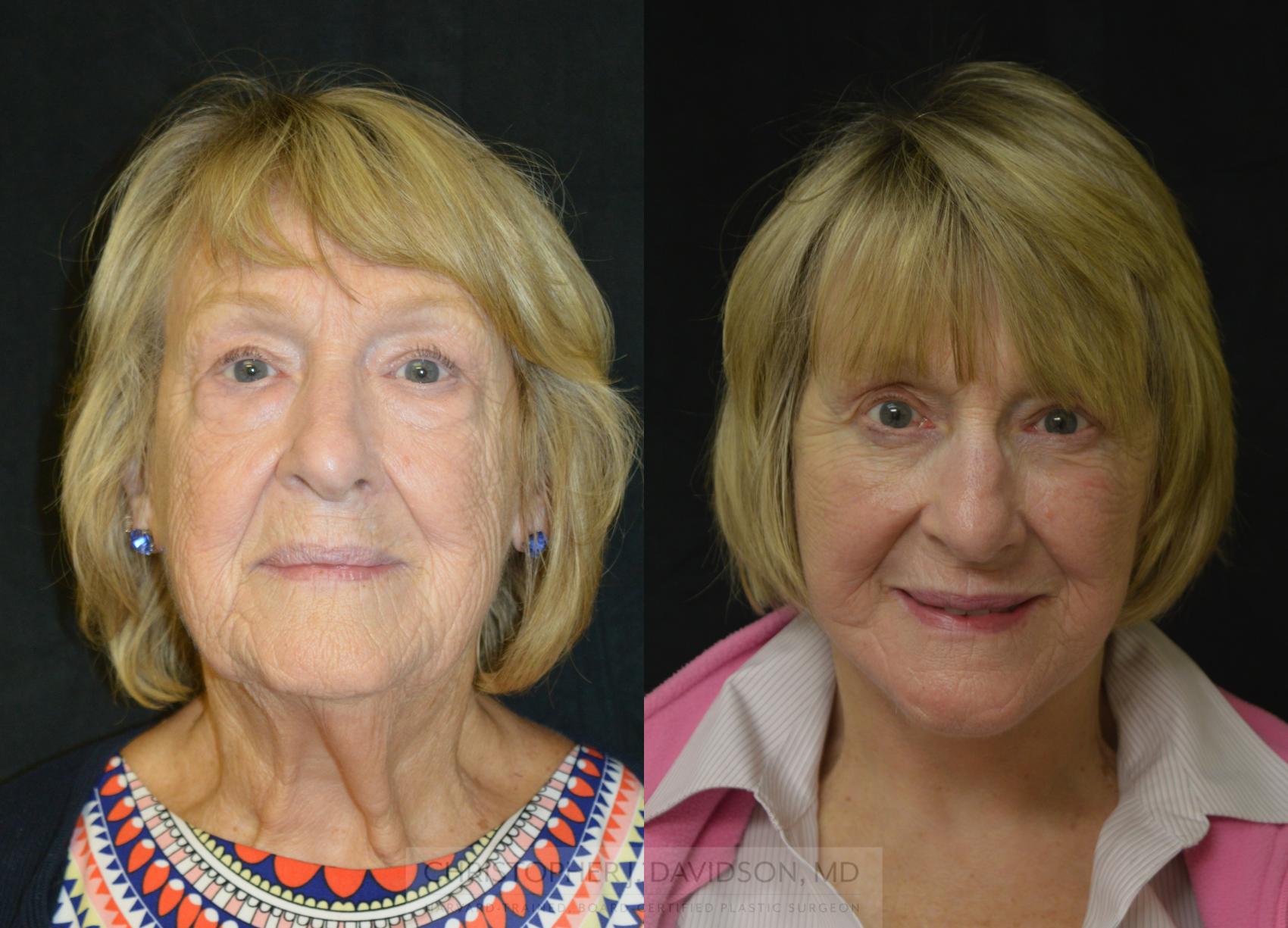If you’re considering facial rejuvenation surgery, understanding the differences between a mini facelift vs full facelift can help you make a confident, informed choice. While both procedures aim to reverse visible signs of aging, they vary significantly in scope, technique, recovery time, and more.
Here’s a breakdown of the top five differences to help you determine which option best fits your needs.
1. Surgical Technique & Scope of Correction
A full facelift targets the lower two-thirds of the face, addressing deep wrinkles, sagging cheeks, jowls, and laxity along the jawline and neck. It typically involves deeper structural lifting of the SMAS (superficial musculoaponeurotic system) layer for longer-lasting results.
A mini facelift, sometimes referred to as a short scar or S-lift, is less invasive and focuses primarily on the lower face. It uses shorter incisions and is ideal for correcting mild to moderate jowling or early signs of aging.
So, what is a mini facelift vs full facelift? Simply put, a mini facelift is a scaled-down procedure with a more targeted focus.
2. Ideal Candidates
Ideal candidates for a mini facelift are typically in their 40s to early 50s, have good skin elasticity, and are starting to notice mild facial sagging. The procedure is also a great option for those who have had a full facelift in the past and want a touch-up.
A full facelift is often better suited for individuals in their mid-50s and beyond who exhibit more advanced signs of aging, such as significant skin laxity, deep creases, and muscle sagging.
3. Recovery Time
Recovery after a mini facelift is generally faster. Most patients return to work within 7 to 10 days and experience minimal swelling and bruising.
A full facelift requires a longer healing period, which usually takes 2 to 3 weeks before patients are cleared to return to work and social activities. Residual swelling potentially lasts a few months.
If you’re looking for a shorter downtime, the mini facelift may be the more convenient option.
4. Cost Differences
While costs vary based on the surgeon, location, and complexity of the procedure, the cost of mini facelift vs full facelift surgery is typically lower. A mini facelift is less time-intensive and doesn’t require as extensive anesthesia or operating time.
However, it’s essential to weigh the cost against the extent of correction needed. A mini facelift typically does not deliver the dramatic, long-lasting results of a full facelift, potentially making the full procedure a better value over time.
5. Results & Longevity
A full facelift delivers the most comprehensive and enduring results, especially when paired with complementary procedures such as a brow lift or eyelid surgery (blepharoplasty). Results often last 10 to 15 years or longer. The procedure offers significant rejuvenation for patients with more advanced aging.
A mini facelift yields more subtle, natural-looking improvements and typically lasts 5 to 7 years. It’s an excellent option for younger patients looking to refresh their appearance without undergoing a major surgery.
Which Is Right for You?
Choosing between a mini face lift vs full face lift depends on your age, aesthetic goals, degree of facial aging, and your willingness to invest time in recovery. During your consultation, my team and I will assess your needs and recommend the most effective approach for achieving natural-looking, youthful results.
Ready to take the next step? Request a consultation or call us at (781) 237-7700 to get started.






Leave a Reply